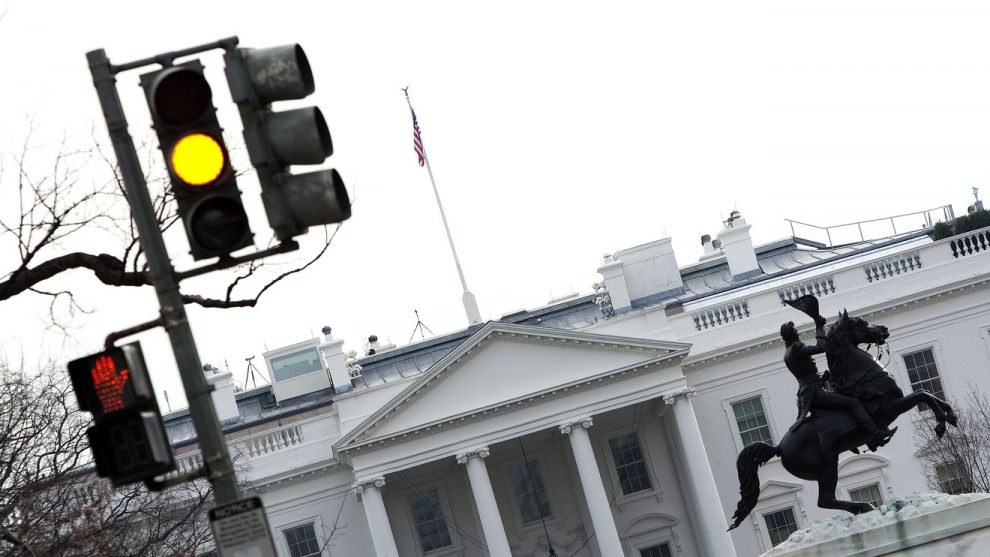
At a time when the U.S. stock market is staying bullish, small-cap stocks are sending a yellow signal and indicating a potential economic recession ahead. Stock market bulls ought to pay attention.
Let’s explore with the help of a chart.
The chart
Please click here for a chart of the SPDR S&P 500 ETF SPY, +0.22% (top pane), the Invesco QQQ Trust QQQ, +0.39% (which tracks the Nasdaq-100 Index) in the bottom pane and the iShares Russell 2000 ETF small-cap ETF IWM, +0.65% (middle pane).
Please note the following:
• A chart of the Dow Jones Industrial Average DJIA, +0.13% looks similar to the chart of the S&P 500 Index SPX, +0.20% represented by SPY.
• In the recent rally, small-caps have significantly underperformed.
• Since small-caps are mostly domestic and the market is concerned about the trade war, from one perspective, small-caps should have over-performed.
• Small-caps have also underperformed popular tech stocks such as Apple AAPL, +0.59% Google holding company Alphabet GOOG, +1.03% GOOGL, +1.11% Facebook FB, +1.06% Intel INTC, +0.67% and Advanced Micro Devices AMD, -2.08% Popular tech stocks have problems ranging from the trade war to antitrust investigations.
• Small-caps often underperform going into a recession. The reason is that balance sheets of small-caps are often not strong and borrowing becomes difficult in a recession. Further, small-caps cannot cushion a domestic recession with overseas earnings.
Ask Arora: Nigam Arora answers your questions about investing in stocks, ETFs, bonds, gold and silver, oil and currencies. Have a question? Send it to Nigam Arora.
Yellow signal — not red
At this time, small-cap underperformance is a yellow, not a red, signal for the stock market. The reason is that the small-cap index contains a large number of financials. Financials may get hurt by the inverted yield curve. Under some circumstances, an inverted yield curve itself is a signal of a pending recession; but no conclusions can be drawn at this time because of the extraordinary policies of the Federal Reserve.
What to do now
Investors ought to make decisions not on one or two indicators but based on comprehensive models. An example is ZYX Allocation Model with inputs in 10 categories. (Please click here to see 10 categories.)
If small-caps are indicating a recession and a recession does occur, the stock market may get hit harder than generally believed. At this time our model calls for staying bullish but with significant protection using cash and hedges.
Disclosure: Subscribers to The Arora Report may have positions in the securities mentioned in this article or may take positions at any time. Nigam Arora is an investor, engineer and nuclear physicist by background who has founded two Inc. 500 fastest-growing companies. He is the founder of The Arora Report, which publishes four newsletters. Nigam can be reached at [email protected].











Add Comment